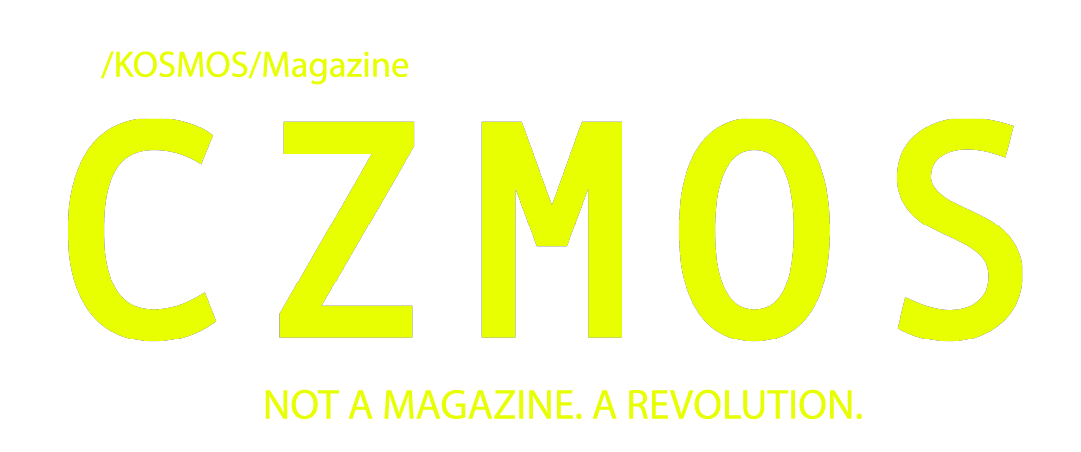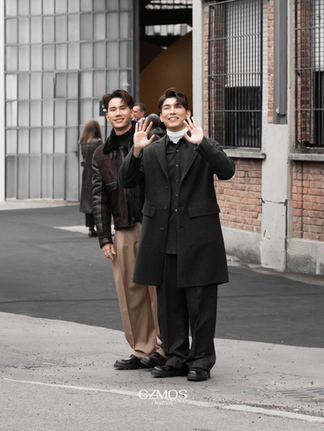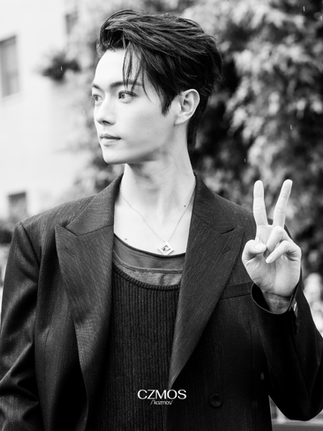L’ascesa delle influenze asiatiche nelle Fashion Week di Milano
- Valentina Bonin

- May 12
- 2 min read
The Rise of Asian Influence at Milan Fashion Week
In recent years, Milan Fashion Week has undergone a quiet yet powerful transformation. While the spotlight still shines on heritage Italian maisons and emerging local talents, an increasingly prominent cultural force has emerged: Asia.
From Japanese minimalism to the bold, colorful energy of Korean K-fashion and the refined elegance of contemporary Chinese designers, Asia has made a strong and stylish entry into the global fashion narrative—and Milan is no exception.
Asian Designers Take the Stage in Milan
This trend is clearly reflected in the growing number of Asian designers featured on Milan’s official show calendar. Brands like HUI by Chinese designer Hui Zhou Zhao, ANNAKIKI by Anna Yang, and several Korean-Italian collaborations (often backed by agencies such as the Korea Creative Content Agency or the China Fashion Association) have brought fresh perspectives to Milan, blending cultural heritage with cutting-edge experimentation.
These designers don’t merely present “Eastern inspirations.” They offer a truly global, authentic, and modern design vision. Their collections tell stories of hybrid identities, reimagined traditions, and reinterpreted tailoring techniques.
The Appeal of Asian Aesthetics
But it’s not just about the names on the runway. Asian aesthetics have also influenced visual storytelling and communication in fashion shows. References to Japanese, Korean, Chinese and Thai visual cultures can be seen in set designs, soundtracks, and even in the casting choices. The balance between poetry and provocation, between hyper-modernity and spirituality, forms a narrative style that captivates both audiences and critics.
The Asian Audience: Strategic and Influential
Another crucial aspect is the growing importance of the Asian audience in fashion dynamics. Buyers from China, South Korea, and Japan are now key players at Milan events, and Asian influencers and content creators are among the most photographed outside show venues. Italian maisons, aware of the economic and cultural power of these markets, are increasingly investing in collaborations, exclusive invites, and targeted campaigns.
Towards an Ever More Global Fashion Scene
The Asian presence at Milan Fashion Week is far from a passing trend—it signals a structural shift. In an increasingly interconnected world, fashion weeks must reflect the diversity of visions, aesthetics, and identities that define today’s creative landscape.
In this evolving context, Asian influences are no longer seen as “exotic additions,” but as authoritative voices helping to reshape the future of fashion. And Milan, with its history, elegance, and cosmopolitan spirit, remains one of the premier stages for this global dialogue.

















Comments